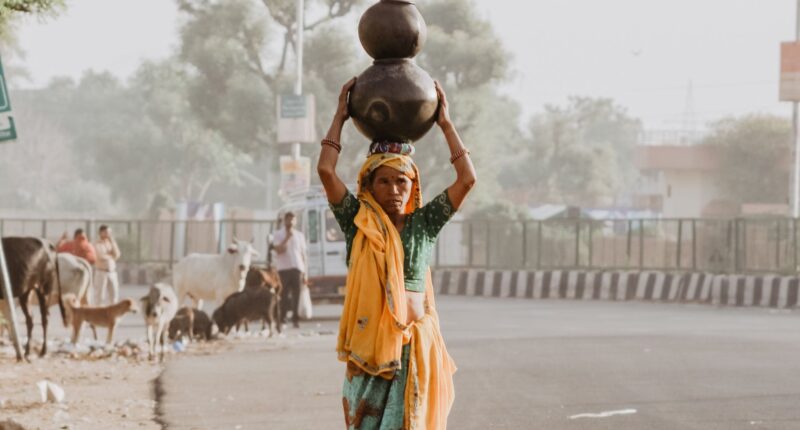
Opinions expressed by Entrepreneur contributors are their own.
You’re reading Entrepreneur India, an international franchise of Entrepreneur Media.
A group of more than four billion people lives in abject poverty globally and is often referred to as the bottom of the pyramid (BOP) in the terminology of Economics. BOP in a broad sense also refers to a market-based approach to economic development that aims to reduce mass poverty, by providing goods and services to this segment at affordable prices, and to augment growth and profitability for businesses. The bottom-of-pyramid approach reframes poverty as an economic opportunity rather than a challenge, in sharp contrast to the conventional aid-based model of socio-economic upliftment. This strategy has a monumental potential to accelerate the under-tapped or under-focussed potential for startups and enterprises, particularly in developing countries like India.
The fact that India is home to a considerable number of poors in the world at 228.9 million as per an estimate by the UNDP suggests a significant opportunity for Indian businesses and startups especially in the MSME sector to serve the needs of this market segment and create economic opportunities for low-income individuals. The large and untapped BOP market in India serves as a staggering consumer base that is yet to be explored to maximise capital revenue while simultaneously mitigating poverty.
India’s start-up ecosystem and private companies have the drive (growth potential), the means (low-cost mass manufacturing, marketing know-how, and global experience) and the capacity (affordable product manufacturing and distribution at high volumes and razor-thin profit margins) to pull a miracle like this. An effective BOP strategy, marked by communities that gain from receiving basic services or becoming more affluent, will set off a cycle in which their purchasing power increases while enabling the companies that provide the fundamental services to keep expanding as well. It can also lead to an encompassing socio-economic development. By providing goods and services to low-income consumers, the Indian start-up ecosystem can help to improve their standard of living and contribute to the overall scalability of the economy. This can be especially helpful in rural regions, where poverty rates are often high with very few economic prospects.
A well-designed strategy to deliver products and services that are affordable and accessible to low-income consumers will require rethinking traditional business models, such as reducing the cost of distribution, and logistics or using mobile technology to reach consumers in remote areas. Additionally, accommodating a larger collaboration of businesses, start-ups, public and private organisations and non-profits will not only foster more confidence but will also pave the way for a system of shared knowledge of the special requirements and difficulties of the people who are at the economic margins. This might entail collaborating with microfinance organisations to create financial services that can cater to the BOP market.
Tapping onto the BOP, however, will not come without challenges. Governance and sustainability make two of the most critical nuisances associated with the BOP market. Whereas on the governance part, the BOP strategy requires a regulatory, monitoring, and oversight mechanism to map its development and effectiveness, the sustainability question is perhaps the most contentious bone. Uplifting consumption among the nation’s poorest will potentially leave our national resources in tatters. Only a comprehensive government intervention coupled with the adoption of resource-efficient cleaner technologies can make it a feasible and noble exercise.
This article is from Entrepreneur.com








